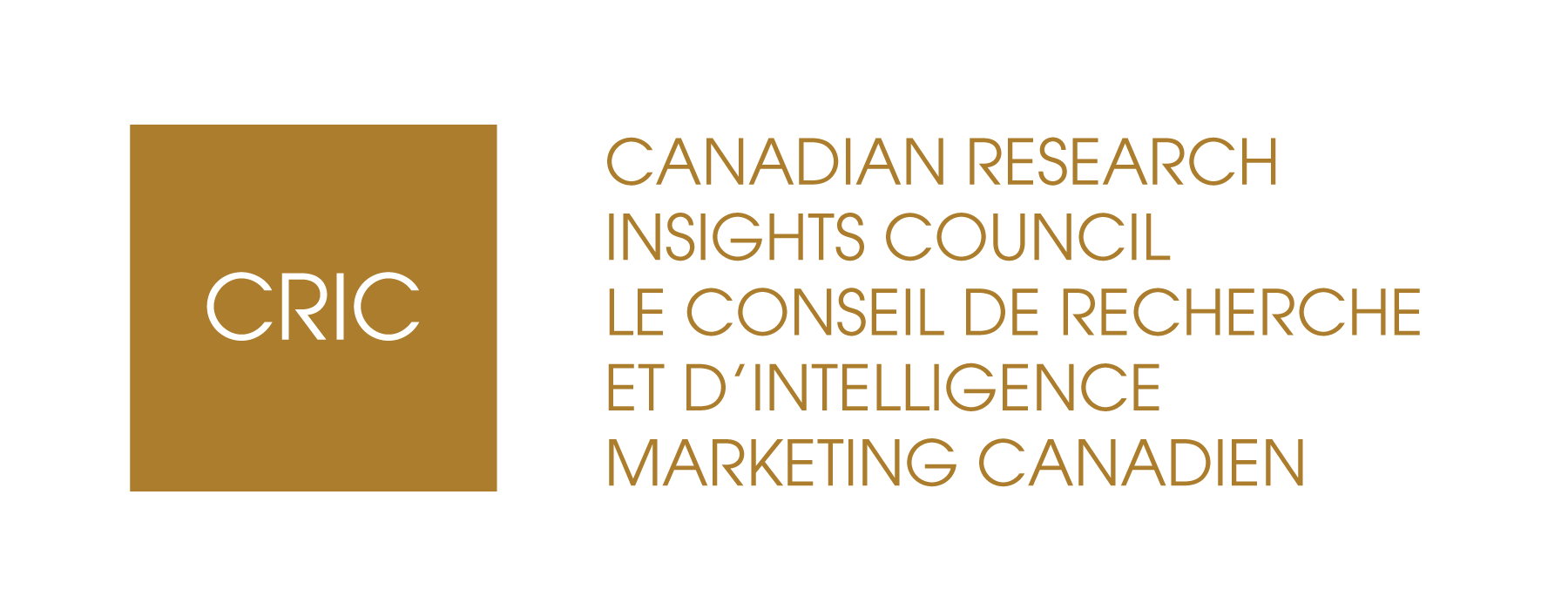How to Improve Business Decisions with Competitive Intelligence (CI)
By Ralitsa Popova
 The globalization of the world in the last three centuries allowed companies to be more connected and successful in their ideas than ever before. Businesses can scale at unseen levels and revenues have reached new points. Many employees become entrepreneurs as it seems that the sky is the limit for their goals and dreams. But the last decades uncovered some darker sides of this capitalistic utopia. Globalization led to new levels of market complexity, heterogeneity, and dynamics, which are too complex for the human mind to comprehend. Thus, many companies are struggling to make good and sustainable strategic decisions to keep up with the overwhelming competition. The aim of this article is to shed light on the concept of competitive intelligence – a set of many tools and methods, which facilitate the process of creating sustainable long-term business strategies. Competitive intelligence tackles the challenges of the digitization era and helps turn the abundant chaos of new information into actionable nuggets of knowledge in the process of strategic decision-making. It helps companies adjust their strategy and outperform their competitors.
The globalization of the world in the last three centuries allowed companies to be more connected and successful in their ideas than ever before. Businesses can scale at unseen levels and revenues have reached new points. Many employees become entrepreneurs as it seems that the sky is the limit for their goals and dreams. But the last decades uncovered some darker sides of this capitalistic utopia. Globalization led to new levels of market complexity, heterogeneity, and dynamics, which are too complex for the human mind to comprehend. Thus, many companies are struggling to make good and sustainable strategic decisions to keep up with the overwhelming competition. The aim of this article is to shed light on the concept of competitive intelligence – a set of many tools and methods, which facilitate the process of creating sustainable long-term business strategies. Competitive intelligence tackles the challenges of the digitization era and helps turn the abundant chaos of new information into actionable nuggets of knowledge in the process of strategic decision-making. It helps companies adjust their strategy and outperform their competitors.
Globalization and the Resulting Market Complexity
The advances in transportation and communication technology since the 18th century have facilitated the globalization process worldwide. This has resulted in a high inter-connectedness among markets around the world and increased communication and awareness of business opportunities in all corners of the globe. Technological and logistic advances allowed many businesses to successfully expand their sales in new countries with an existing product portfolio or to sell their products by customizing them to new markets and countries. Many managed to lower production costs by buying parts of their products from other countries or by outsourcing parts of the labor to other countries and simultaneously not losing any relevant time to market. Globalization presented endless new opportunities for cost- and technological optimization and new revenue streams. As a result, the world economy is quickly growing to a size never anticipated before. There is a global interdependence of political, economic, and social systems, and their combination led to unprecedented complexity [2].

Due to the growing complexity of the economic world, the concept of Competitive Intelligence emerged around the 80s years of the 20th century. Competitive Intelligence describes the systematic collection and analysis of information from multiple sources. Information about products, customers, financials, etc. of different companies is gathered, analyzed and in many cases, subsequently visualized or displayed in the form, which best suits the questions to be answered in a certain situation. Competitive intelligence gained popularity as a strategic management practice because managers need competitive information to understand the industry they are in and their competitors. They also have the need to identify the areas in which the competitors are weak and how their own strategic actions can impact competitors. The main advantage of using Competitive Intelligence techniques nowadays is obtaining enough information to make an informed strategic decision, otherwise impossible. For example, when an entrepreneur is evaluating the potential of a new business idea, they must consider various factors. These are the number of competitors, who work on the same business idea, in what stage of development their ideas stand, if they already had funding, what the valuation of their idea was, are there any examples, where the same idea failed and due to what factors. One of the few successful ways to answer all these questions is to use Competitive Intelligence methods (Arpe, J., Globalization and its Complexity: Challenges to Economic Policy. Bertelsmann Studies. 2012).
Popular Tools Used in Competitive Intelligence (CI)
There are many different tools and techniques used in Competitive Intelligence to achieve desired knowledge outcomes. Some of the classics, widely used and thought in every marketing class are the SWOT-analysis and Porter’s five forces framework. They represent a good, but rather abstract, starting point for analyzing the competitive landscape. Here are some of the more widely used tools which provide detailed and actionable insights.
Benchmarking: In Competitive Intelligence, Benchmarking is a technique, which compares different companies on different dimensions. The most used dimensions are revenues, R&D expenses, marketing expenses, number of employees, etc. The technique is very helpful for people who want to conduct research on certain markets since it can map the position of companies in different industries. In recent years, Benchmarking results are prepared in visual form, which speeds up the process of interpreting the results. Fig.2 is an example for benchmarking the market position of IT companies according to their total revenue change in the past year.
Company networks: This is the process of gathering information about a company’s partners, competitors, employees, products, etc. A company network helps to gain an overview of the partners of a rival company, an overview of their hiring, and thus a better understanding of their strategic planning and into the future technologies, they want to adopt. For example, if a company is looking to hire many professionals who specialize in Blockchain, one can see that their strategic focus lies in the implementation of this technology. Similarly, if a company is partnering up with a company offshore, they are probably outsourcing parts of their production or development. Such insights are the key to understanding the competitive landscape.
News and Media Monitoring: Continuous monitoring of news and media posts of different companies offers a first-hand account of their current focus, strategic plans, and political and social stances. The technological advancement of the 21st century allows the automated gathering of thousands of news and social media sources, ensuring comprehensive coverage. The monitoring of news gives insights about real business decisions such as possible merges and potential growth, structural changes in the company, e.g., laying off whole departments, because they are not profitable or certain technologies will no longer be implemented. Social media monitoring, on the other hand, gives more insights into the personality of a company. E.g., it can show, whether a firm supports LGBTQ+ rights regularly, only during pride month or not at all. Social media posts reflect their view on relevant political and social topics, or respectively, the lack thereof. Whereas the monitoring of news from the competition can aid a lot in adjusting your own strategy, the monitoring of social media gives great insight into how progressive a company is in its views, how welcoming its culture is for its current and potential employees, and how involved they are in not only growing their own revenues but also how they are exercising their corporate social responsibility.
Job Monitoring: The systematic analysis of job offerings gives additional insight into the strategy of companies. Job ads contain many valuable pieces of information like seniority level, academic degrees, hard skills, soft skills, and geographical location of the position. They give an overview of which technologies, skills, management methods are sought now. These aspects are indicative of the personality and character of a company. E.g., whether they prefer classic or agile management styles, whether they focus on implementing new technologies like AI, IoT, Blockchain, etc., and how in-depth they aim to do that. This knowledge is essential when performing competitive analysis. Moreover, the mapping of the geographical locations of job postings can give insights into new strategic locations of a company, possible outsourcing projects, or new business hotspots.
Financial analytics: The incorporation of financial statements into Competitive Analytics is an essential part to round up the term Competitive Intelligence. A company’s financials are a direct and objective indicator of how (un-)successful its strategic decisions are. When a certain new product is launched, only the following financial statements will objectively show if this product performs better than its predecessors. Financials also offer a detailed cost breakdown of a company, which allows competitors to see, how much their rivals invest in marketing, research and development, staff, etc., and subsequently find out how these investments pay off in terms of revenues and net income in the following years. Financial analytics can also be performed on an industrial level as part of a Benchmarking analysis.
Key Takeaways from CI
This article focused on the introduction of key Competitive Intelligence techniques, which are instrumental in formulating and continuously improving your strategy in a highly complex and non-transparent world. The harsh economic conditions and tough competition allow very limited space for errors and not a totally fool-proof strategy. One of the few ways to achieve such a strategy is to systematically monitor one’s rivals, their actions, and the consequences. The brief overview of different Competitive Intelligence tools showed how to achieve this through the advantages of a systematical analytical approach. Every one of these tools is helpful to answer different strategic questions, but their combined results are the ultimate guarantee to staying ahead of the competition.
About the Author:

Ralista Popova is a BI expert and co-founder of RUBINLAKE.com 🚀 with a proven track record in the information technology industry, skilled in data analytics, statistics, communication, psychology, and project management. She is also a Senior Business Intelligence (BI) Consultant at Sopra Steria, based in Frankfurt, Germany.

